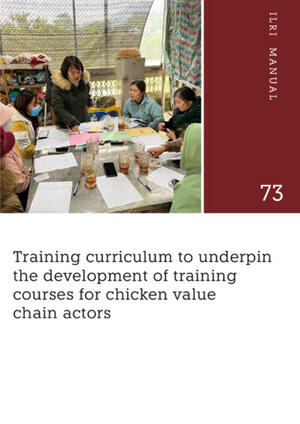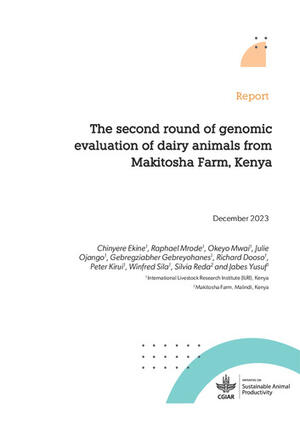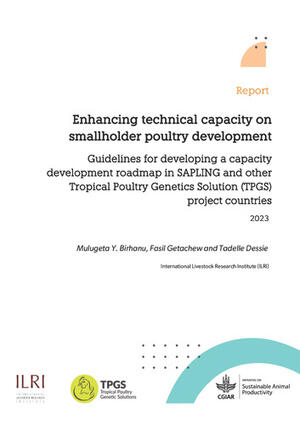
Whole genome resequencing reveals genetic diversity and selection signatures of Ethiopian indigenous cattle adapted to local environments
Abstract
Cattle are among the most important domesticated bovid species in the world, of which Ethiopia possesses large populations adapted to different agro-ecologies and production systems. Though several molecular population genetic studies have been done on Ethiopian indigenous cattle, genomic diversity and selection signatures pertinent to adaptation to the different local environments have yet to be comprehensively characterized. Here, the whole genome sequences of 151 samples from 14 Ethiopian indigenous cattle populations were analyzed to assess genomic diversity and differentiation as well as signatures of positive selection (using Hp, iHS, FST, and XP-CLR) in comparison to Sudanese zebu, Asian zebu, Ankole, and African and European taurine cattle. High genomic differentiation was observed between Ethiopian and non-Ethiopian cattle populations, while low genomic differentiation and inbreeding were present between and within Ethiopian cattle populations. Sixteen genome regions overlapping with 40 candidate genes were commonly identified by at least three genome scan methods. High frequencies of missense SNPs in ITPR2, CHADL, GNAS, STING1, and KIT genes with high haplotype differentiations were observed in Ethiopian cattle compared to non-Ethiopian cattle. The candidate genes were significantly associated with several biological functions and molecular pathways responsible for nutrient metabolism, skeletal development, immune response, reproduction, water balance, coat color pigmentation, and circulatory homeostasis. Our results provide new insights into the adaptation of the Ethiopian indigenous cattle to the country’s diverse environments.
Citation
Terefe, E., Belay, G., Tijjani, A., Jianlin Han and Hanotte, O. 2023. Whole genome resequencing reveals genetic diversity and selection signatures of Ethiopian indigenous cattle adapted to local environments. Diversity 15(4):540.










